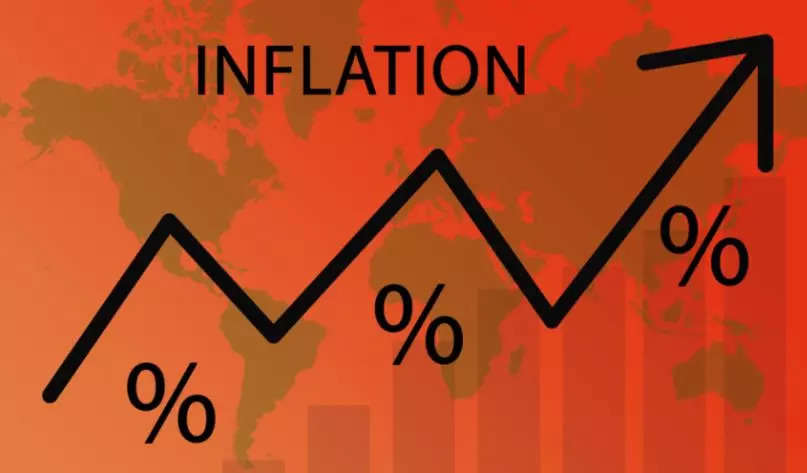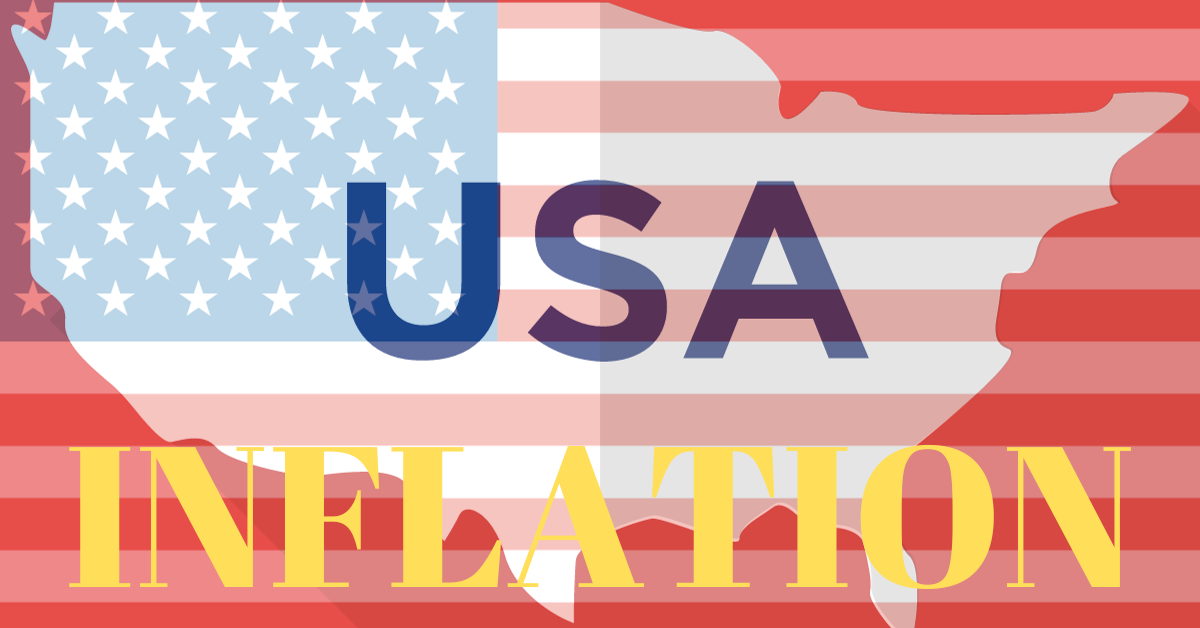In the intricate dance of economic forces, the US finds itself grappling with a persistent concern — inflation. Throughout recent years, the general price level of goods and services has been on an upward trajectory, hitting a peak of 9.1% in June 2022 before slightly easing to around 3.7% in September 2023.

Unmasking the Culprits Behind the Numbers of US Inflation
The surge in inflation is not a solo act; it’s a symphony of economic factors. Supply chain disruptions caused by the lingering effects of the COVID-19 pandemic have led to shortages and increased shipping costs. Simultaneously, the reopening of economies post-lockdowns has unleashed pent-up consumer demand, creating a strain on supply chains and propelling prices upwards. Geopolitical events, such as the war in Ukraine and sanctions on Russia, have further heightened energy price volatility, adding fuel to the inflation fire.
The Ripple Effect: Impact on Consumers and Businesses
US Inflation’s impact is far-reaching, affecting both the pockets of everyday consumers and the ledgers of businesses. For consumers, it means a reduction in purchasing power, forcing adjustments to household budgets and a potential cutback in spending. On the business front, inflation results in higher input costs, squeezing profit margins and compelling price hikes to maintain stability.
Fed’s Defensive Play
Enter the Federal Reserve, the guardian of the nation’s economic stability. In response to the inflation surge, the Federal Reserve has taken an active stance, steadily raising interest rates. This strategic move aims to make borrowing more expensive, curbing economic activity to put the brakes on inflation.
Crystal Ball Economics: Predictions for the Future
Economists peer into the crystal ball, predicting a gradual moderation of inflation throughout 2023 and into 2024. However, the crystal ball is clouded with uncertainty, dependent on resolving supply chain disruptions, global economic conditions, and the effectiveness of the Federal Reserve’s monetary policy maneuvers.
Navigating the Inflationary Storm
As inflation’s storm rages on, consumers and businesses need to adjust their sails. For consumers, it’s about tweaking spending habits, prioritizing essentials, and hunting for bargains. Businesses, on the other hand, can weather the storm by implementing cost-saving measures, enhancing efficiency, and negotiating shrewdly with suppliers.NBA Tournament Triumph: Mid-Season Magic Unleashed
Financial Juggling Act: Maintaining Stability
Inflation calls for a financial juggling act. Consumers are advised to build emergency funds, invest wisely, and seek professional financial advice. Businesses, too, must maintain healthy cash flows, handle debt responsibly, and strategize to protect profit margins.
Closing Act: The Cyclical Nature of Inflation
In the grand economic narrative, inflation is a recurring theme. While it presents challenges, it’s essential to recognize it as a cyclical phenomenon. As the economy adapts to the post-pandemic era and supply chains stabilize, inflation is expected to wane. Understanding the driving forces and adapting to the impact, both individuals and businesses can navigate these turbulent waters and emerge resilient on the other side

